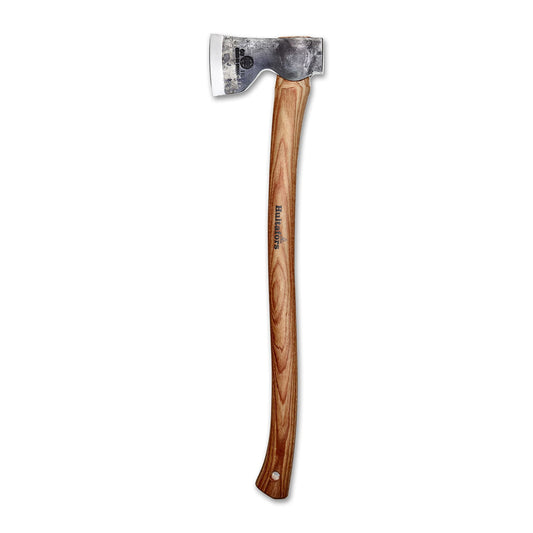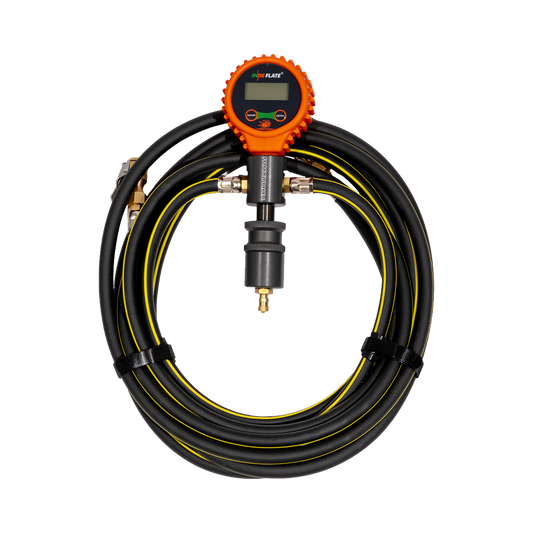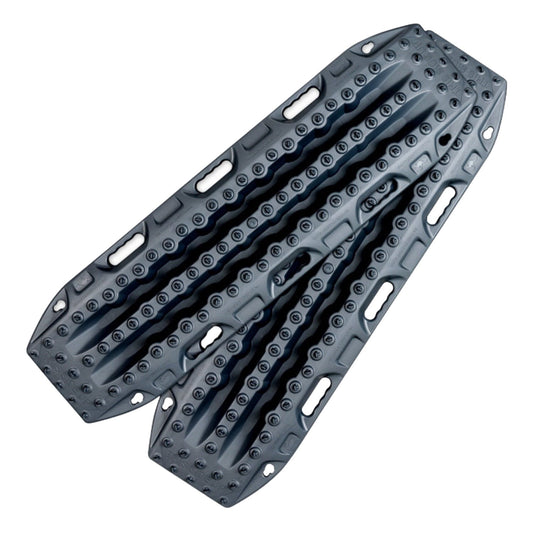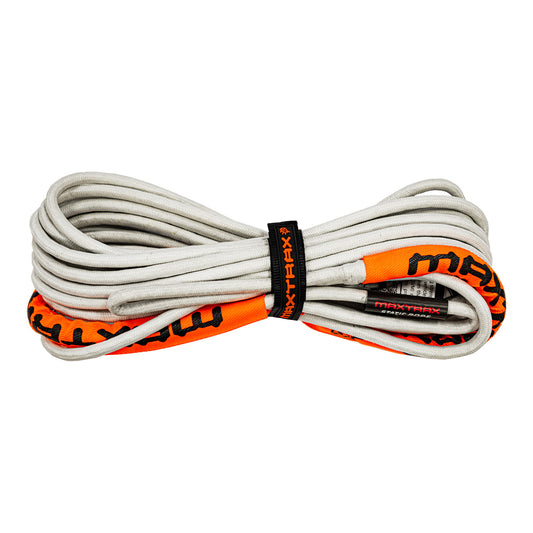The Simpson Desert is without any doubt an amazing landscape. The Hay River Track in the northern reaches is especially pristine and with luck you’ll have the place all to yourself.

Jol Fleming pioneered the Hay River Track in 1999. Following the line of the Hay River they set course for Camp 15 on the Madigan Line and began bush bashing. Following the successful first exploratory trip, Jol worked together with the Traditional Owners to negotiate access to what is now now known as the Hay River Track for all travellers by permit.

From last fuel at Jervois Station on the Plenty Highway we bounced along the bone chattering corrugations to Batton Hill Camp. Camping a night at Batton Hill is a permit stipulation. We happily paid our camp fees, but having arrived early in the day asked if it was ok to continue travelling. We received a warm “no worries” and continued on our way.

Soon after it felt like the trip had begun in earnest. The dry, but tree lined, Hay River flanked the track on our right, and bar the two narrow wheel ruts we followed, all signs of humanity quickly disappeared.

That first sunset on the track was incredible. We kept travelling, not because we were in a rush, or had someplace to reach, but simply because we were enjoying watching this stunning landscape transform.

Nights beside the campfire in places like this are truly unforgettable. Surrounded by desert. Nobody. An enormous star filled sky above.

In the northern section the Hay River bed is obvious and the stunning gums, although seemingly out of place for a desert, provide welcome shade and a stunning setting for coffee, lunch and camp.


Further to the south the Hay River becomes imperceptible. The track runs mostly parallel to the emerging dunes, but darts over and back, searching for more effortless terrain.


The further south we travelled the larger, and redder, the dunes became. It’s this red that seems to get under people’s skin, drawing them back to the desert time and again. It’s a hard attraction to explain. Perhaps it’s something that simply needs to be experienced.

Further south again lay some decent dune climbs. This section was the hardest driving of the track, with some soft sand and tight turns needing a combination of lower tyre pressures and a little momentum to ride up and over.



After following their footprints for close to two days, we wondered if we would ever actually see a camel, and then there it was. This one looked like it had seen some hot desert summers, but wow it could move. Gen leaned over and took this picture as we drove beside him, and shortly after he headed over the dune and was gone.

While the Hay River Track is a very achievable journey it receives less traffic than Simpson Desert tracks like the QAA Line and French Line. It means pre-trip preparation focussed on the reliability of your vehicle is particular important. Likewise, assistance may not come quickly if required, so self-reliance, skills and communications equipment are vital.
Our vehicle is well set up for remote travel and we are glad to have precautions like a satellite phone and PLB in places like this.

After intersecting the Madigan Line the Hay River Track crosses a sea of sand dunes as it heads south toward Poeppel Corner which is the intersection of South Australia, the Northern Territory and Queensland.


If remote, pristine and quiet sound like your type of getaway, then we doubt you will regret a journey along the Hay River Track.




















